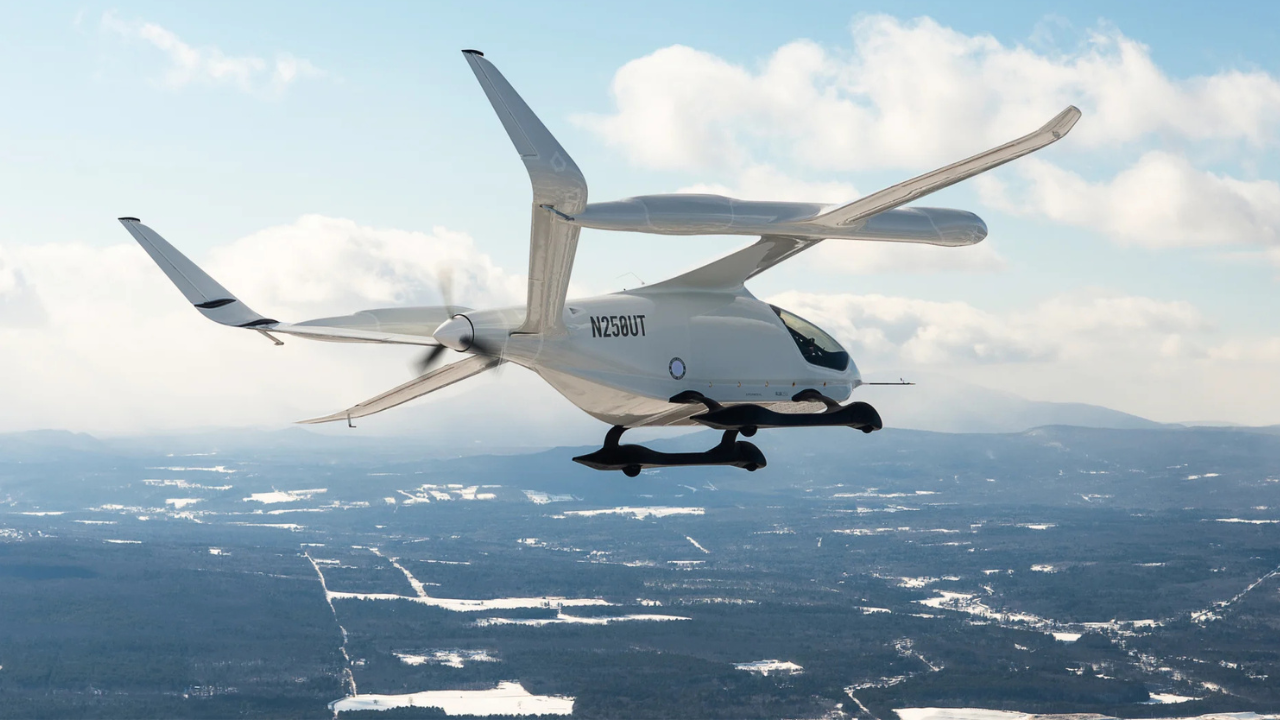
Post by : Meena Rani
The aviation industry is one of the largest contributors to global carbon emissions, accounting for approximately 2–3% of total CO2 emissions annually. With growing concerns about climate change and sustainability, the search for greener alternatives has accelerated. Electric propulsion, including battery-electric, hybrid-electric, and hydrogen-electric aircraft, promises to transform the future of air travel, particularly for short-haul and regional flights. By 2035, these technologies could make zero-emission flights mainstream, reducing both environmental impact and operational costs.
Electric aviation is no longer a concept confined to research laboratories and science fiction. Innovations in energy storage, electric motors, and aerodynamics are driving the development of aircraft that can operate without traditional fossil fuels. Unlike conventional planes that rely on kerosene-based jet fuel, electric aircraft use electricity to power propulsion systems, which can be sourced from batteries or hydrogen fuel cells.
The primary motivations for electrification include:
Battery-electric aircraft rely solely on onboard rechargeable batteries to power electric motors. These motors provide propulsion without any direct emissions. Battery-electric planes are currently most feasible for short-haul flights, typically under 500 km, due to the energy density limitations of existing lithium-ion batteries.
Examples and Innovations: The Pipistrel Alpha Electro and Eviation Alice are leading examples of battery-electric aircraft designed for regional travel and pilot training. Innovations in lightweight materials and energy-dense batteries are gradually extending their range.
Hybrid-electric aircraft combine conventional fuel engines with electric motors. This approach allows planes to benefit from both the energy density of conventional fuels and the efficiency of electric propulsion. Hybrid-electric systems reduce fuel consumption, lower emissions, and extend flight range compared to purely battery-powered aircraft.
Industry Examples: Ampaire Electric EEL and Rolls-Royce hybrid projects demonstrate how electric motors can work alongside traditional engines, particularly during takeoff and climb phases where energy demand is highest.
Hydrogen-electric aircraft use hydrogen as an energy source, either through combustion in modified jet engines or via hydrogen fuel cells that generate electricity for propulsion. Hydrogen offers higher energy density than current batteries, enabling longer-range flights with zero carbon emissions.
Projects in Development: Airbus ZEROe and ZeroAvia are exploring hydrogen-electric concepts for medium-haul flights. Hydrogen infrastructure development at airports is a critical factor for the success of these aircraft.
Electric aircraft drastically reduce CO2 emissions, contributing to global climate targets. Hydrogen and battery-electric planes produce no direct greenhouse gas emissions, making them ideal for sustainable air travel.
Electric motors are quieter than jet engines, significantly reducing noise pollution near airports. This is especially beneficial for urban air mobility initiatives, where drones and eVTOL (electric vertical takeoff and landing) aircraft operate close to residential areas.
Electric propulsion reduces maintenance requirements since electric motors have fewer moving parts compared to traditional engines. Additionally, electricity is cheaper than aviation fuel, offering airlines lower operating costs and more predictable expenses.
One of the primary challenges of battery-electric aircraft is the limited energy density of current lithium-ion batteries. Although solid-state and lithium-sulfur batteries promise higher energy density, they are still in development and not yet commercially viable for large aircraft. This limits flight range, payload capacity, and the size of battery-electric planes.
Hydrogen-electric planes require specialized refueling stations, storage facilities, and safety protocols. Handling hydrogen safely is more complex than kerosene, and significant investment is needed to develop airport infrastructure to support these aircraft.
Electric and hydrogen aircraft must meet rigorous aviation safety standards set by organizations like the FAA (Federal Aviation Administration) and EASA (European Union Aviation Safety Agency). Certification involves extensive testing of propulsion systems, battery safety, and operational reliability, which can take years to complete.
Industry forecasts suggest that regional electric flights under 500 km could become commercially viable by 2035. Airlines are particularly interested in these routes for domestic and island-hopping flights, where operational cost savings and environmental benefits are most significant.
Medium and long-haul flights will likely rely on hybrid-electric or hydrogen-electric aircraft. While battery-electric long-haul flights are currently impractical, hydrogen offers a promising solution, especially when coupled with renewable energy for hydrogen production.
Airbus, Boeing, and Pipistrel are actively developing electric aircraft concepts, ranging from small regional planes to full-scale passenger aircraft. These manufacturers are investing heavily in R&D, partnerships, and prototype testing.
Companies like Rolls-Royce, Siemens, and ZeroAvia are innovating in electric motors, hybrid systems, and hydrogen fuel cells. Battery manufacturers are focusing on energy density improvements and rapid charging technologies.
Governments worldwide, including the EU, US, and Japan, are providing subsidies, tax incentives, and regulatory support to accelerate the adoption of electric aviation. Funding for research and infrastructure development is critical to enabling the transition.
A small, two-seat battery-electric aircraft, the Alpha Electro is used primarily for pilot training. Its lightweight design and energy-efficient motors demonstrate the feasibility of electric propulsion for short-distance flights.
The Eviation Alice is a nine-passenger regional aircraft designed for zero-emission flights up to 650 km. Airlines are evaluating it for commuter routes, showcasing the potential for small electric passenger planes.
Airbus is developing hydrogen-electric concepts for medium-haul flights. The ZEROe program explores three configurations: turbofan, turboprop, and blended-wing designs, each optimized for efficiency and zero emissions.
#AirportTechnology #SmartAirport #AIinAviation #AviationInnovation #BiometricBoarding #DigitalTransformation
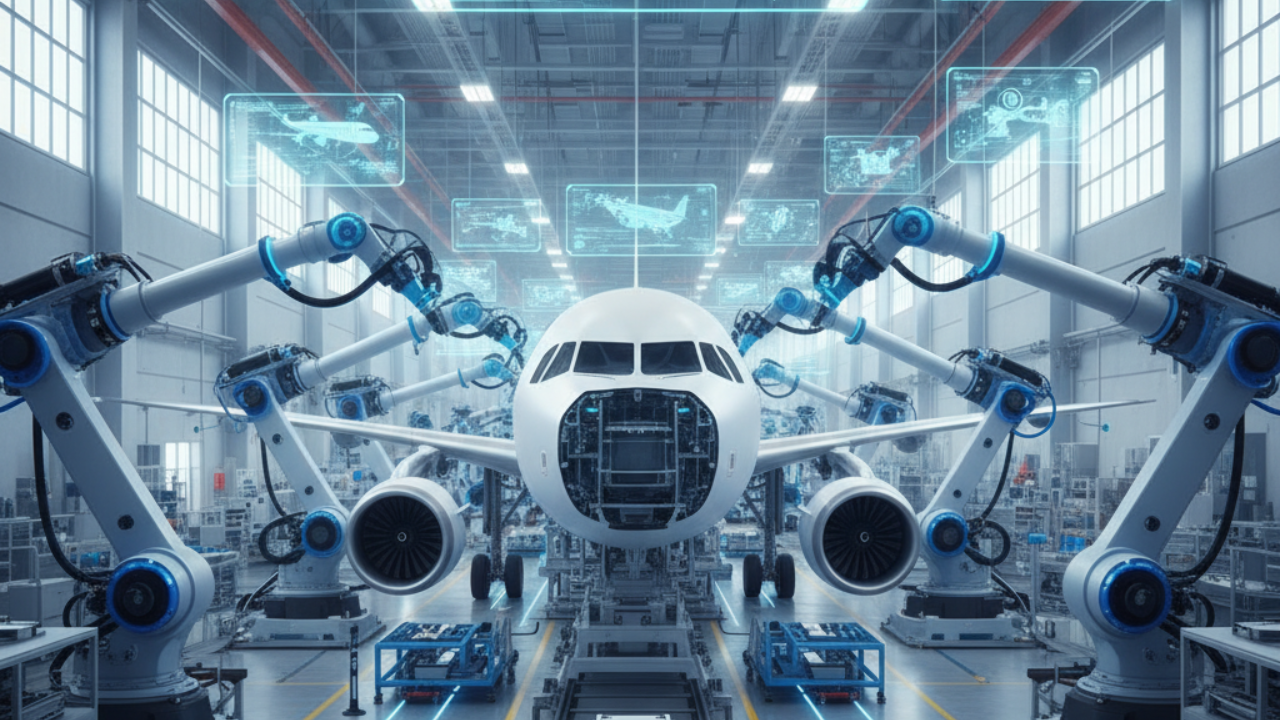
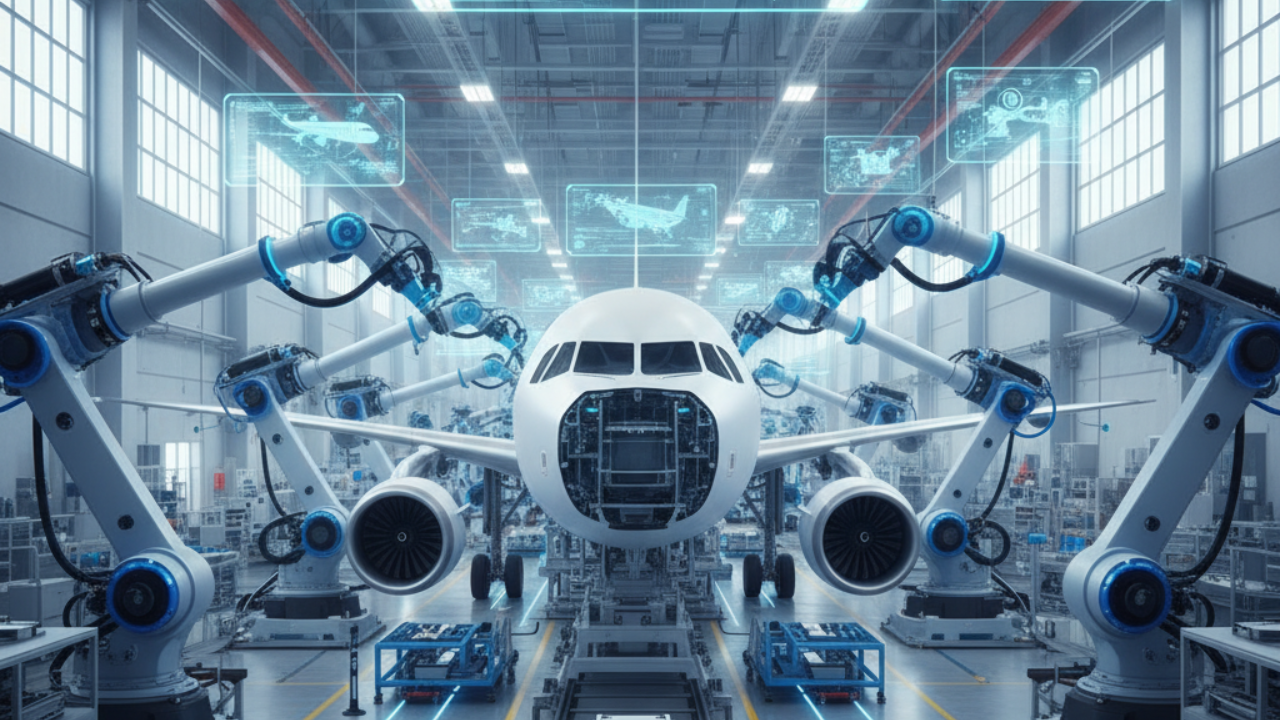
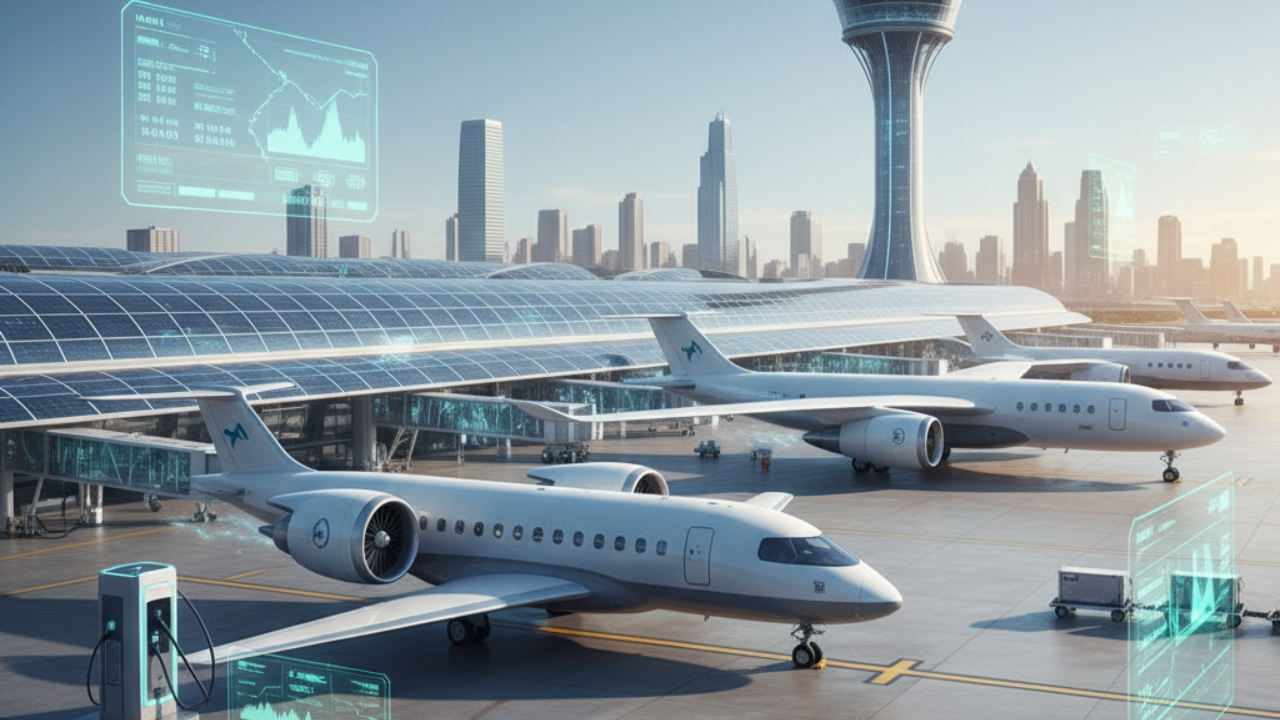



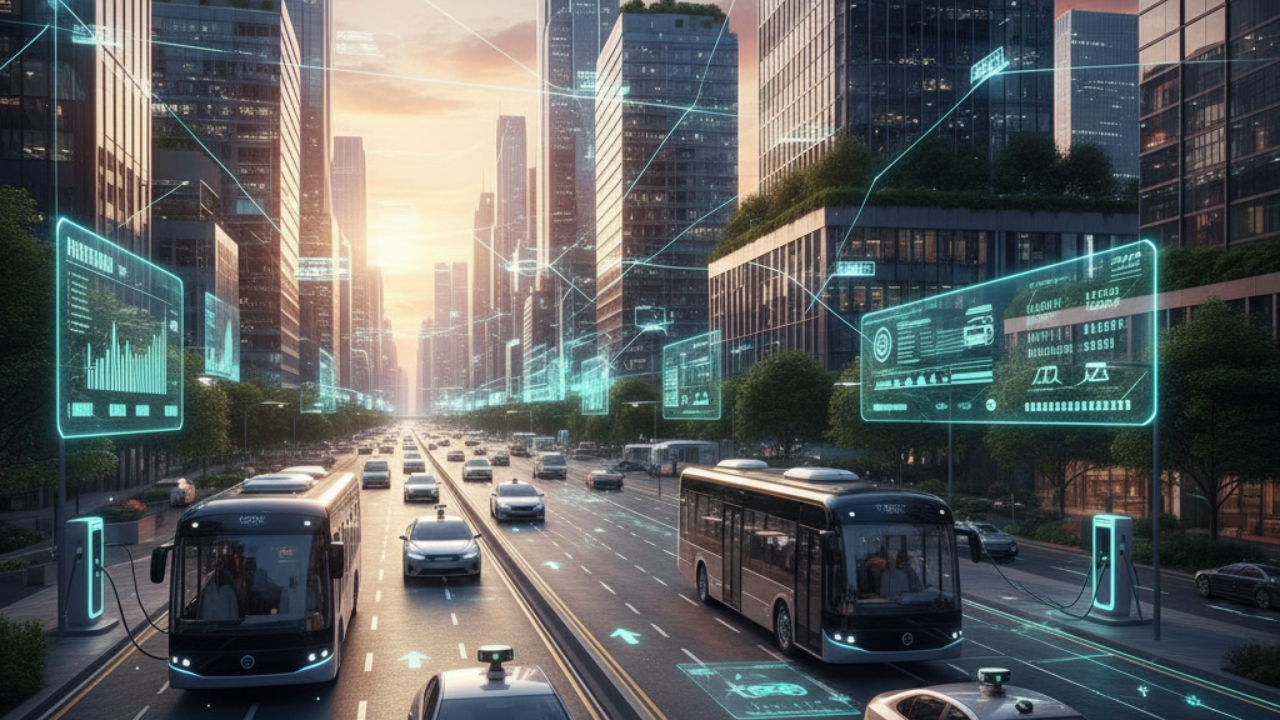
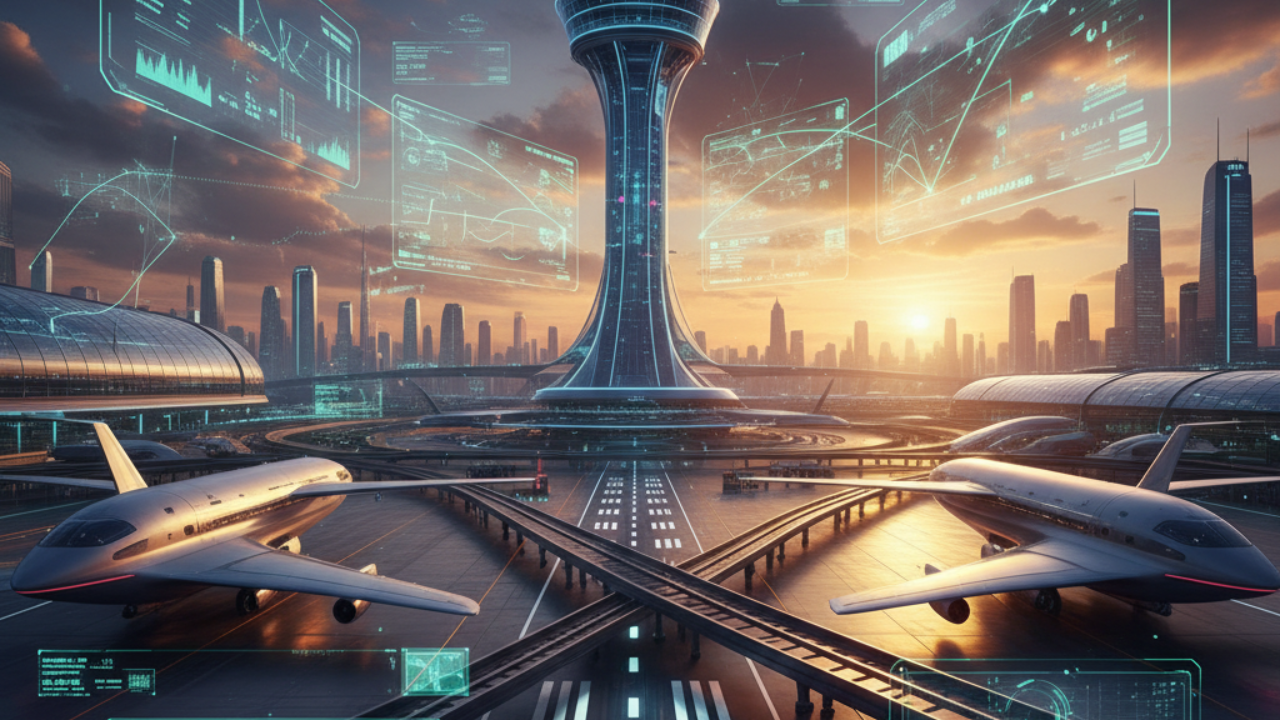


Bengaluru-Mumbai Superfast Train Approved After 30-Year Wait
Railways approves new superfast train connecting Bengaluru and Mumbai, ending a 30-year demand, easi

Canada Post Workers Strike Halts Nationwide Mail and Parcel Services
Canada Post halts operations as CUPW strike disrupts mail and parcel delivery nationwide amid disput

PM Modi Launches BSNL ‘Swadeshi’ 4G Network, 97,500 Towers Built
India enters global telecom league as PM Modi inaugurates BSNL’s indigenous 4G, connecting 26,700 vi

India’s Iconic MiG‑21 Takes Final Flight After Six Decades of Service
After 60 years India retires its MiG‑21 fighter jet, a legendary yet controversial warplane marking

Hindustan Zinc unveils AI hotspot monitoring at Debari smelter
Hindustan Zinc launches AI-powered Switchyard Hotspot Monitoring at Debari smelter to cut outages bo

Chinese experts worked inside sanctioned Russian drone plant
Chinese drone specialists visited IEMZ Kupol supplying parts and drones via intermediaries, deepenin